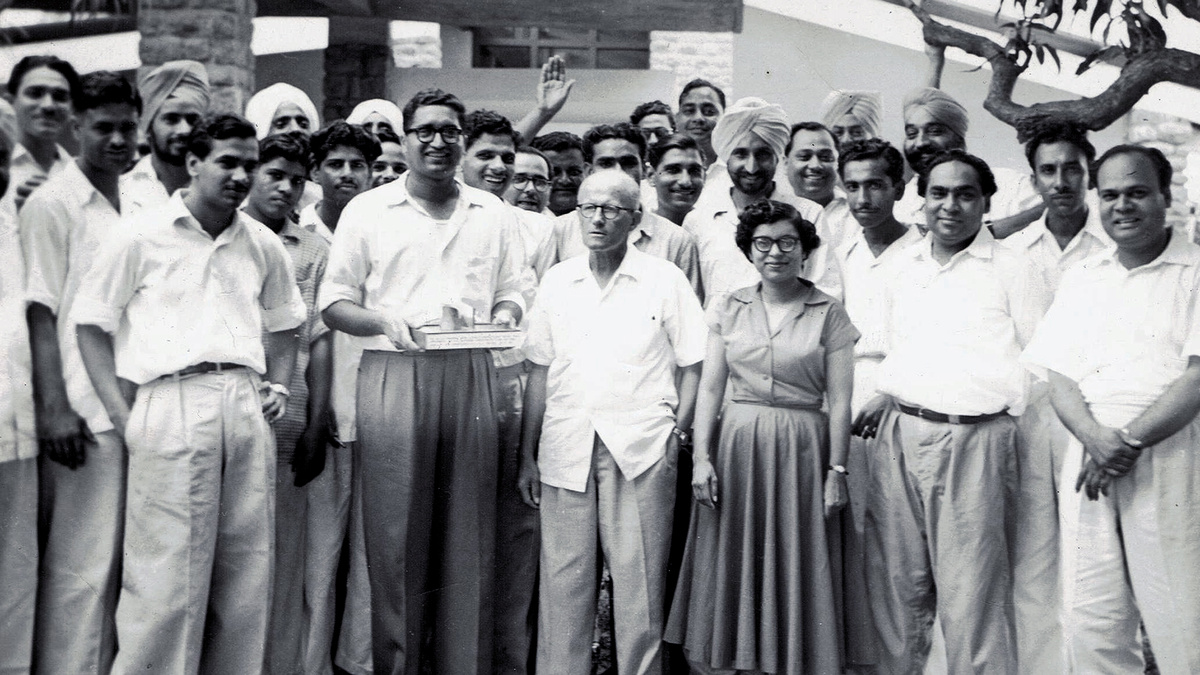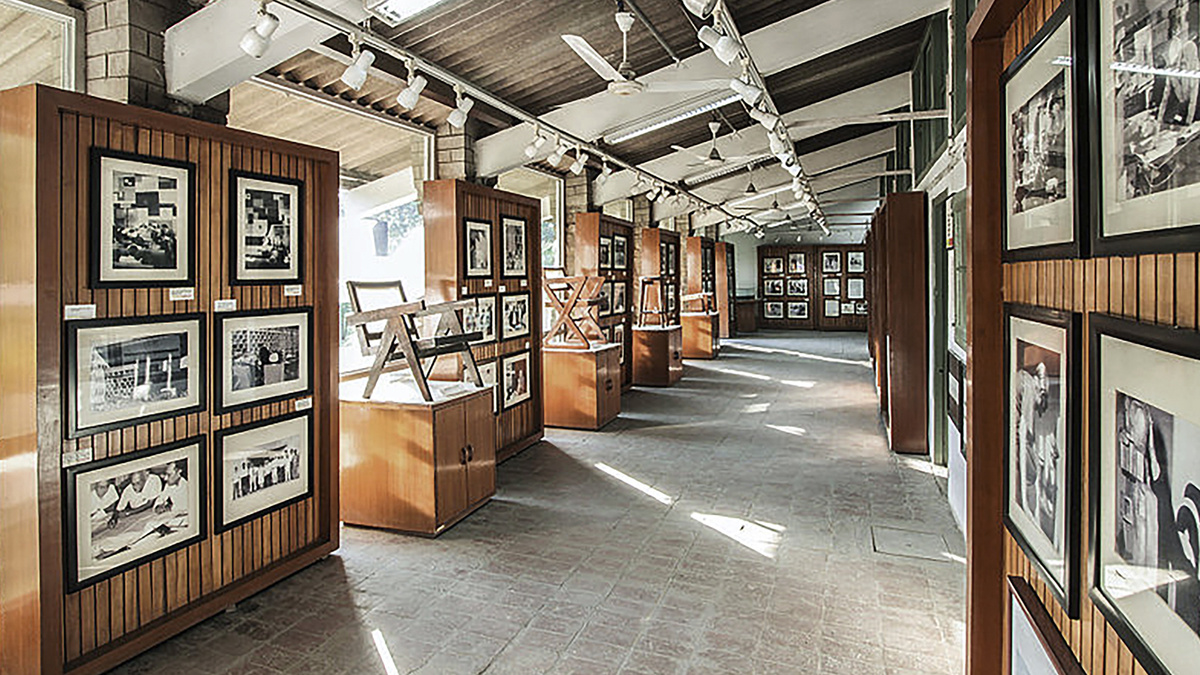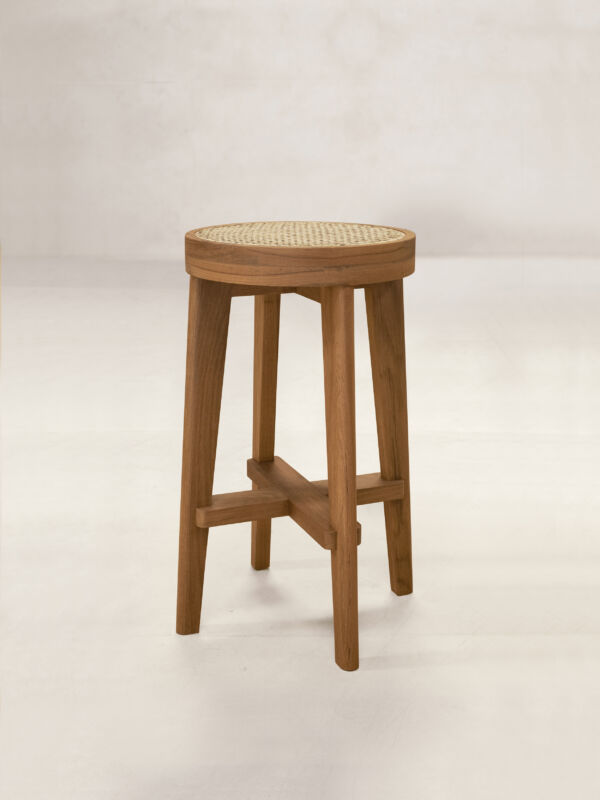Chandigarh Collective

Image : Creative Commons Chandigarh Capitol Project Team, Author Unknown
India
Chandigarh Collective refers to the architects, designers, model makers and craftspeople who contributed to the design and prototyping of furniture for the city of Chandigarh in the 1950s.
To provide historical context - In the early 1950s, it was decided by the Punjab government of the day that furniture must be created for public buildings in the new city of Chandigarh. The furniture was to reflect the modernist architecture, but adapted to local usage requirements and made by Indian craftsmen with locally available material and skills.
A Design Office was set up under the leadership of Pierre Jeanneret with a team of young Indian designers and architects assisting him. Over a period of time architects such as A. R. Prabhawalkar, U. E. Chowdhury, B. P. Mathur, Aditya Prakash and others were involved in creating a range of furniture. While the influence of French Modernism is evident in the designs, local artisans and model makers worked closely with the designers and contributed to the Indian Modernism that emerged.
The drawings created by the Design Office were given out to several carpentry workshops with instructions that they could improvise on the design or material as per their judgement and requirement. Therefore there are several variants of each model. These pieces were meant to be freely reproduced and were never licensed to a single manufacturer. Over the years the designs became pervasive and the same style of furniture could be seen in government offices and private spaces in other Indian cities like Bangalore and Delhi too. The designs and variants of these designs have been produced from the 1950s to the present day, in what can only be described as perhaps the first open source design project of such scale, anywhere in the world.
Since 2016 Phantom Hands has made donations to CCA to cover expenses related to the digitization of documents and images from the Jeanneret archives and research on the archives. This has made the archives easily accessible to architects, historians, students and anybody interested in the story behind Chandigarh's creation.
In 2019 we supported Dr. Sangeeta Bagga’s research residency to study photographs from the Pierre Jeanneret collection as part of the Find and Tell program. Dr. Bagga is a Professor at the Chandigarh College of Architecture. In this video she talks about her observations on the photographs in the Jeanneret fonds.
by Chandigarh Collective
See More
Upholding Europe’s Legacy: From Chandigarh’s City Furniture to ‘Pierre Jeanneret’s Chairs’
The quiet extraction of heritage furniture from Chandigarh spoke of the Indian government's disregard and neglect. But it also revealed a profit chain linking officials, antique dealers, and powerful Euro-American institutions.
Read More
In Conversation With Professor Vikramaditya Prakash: On the Authors of Chandigarh
Dr. Vikramaditya Prakash is Professor of Architecture at the University of Washington, Seattle and grew up in Chandigarh. Here he discusses the first generation of Indian Modernists who worked on the architecture & furniture of Chandigarh.
Read More


